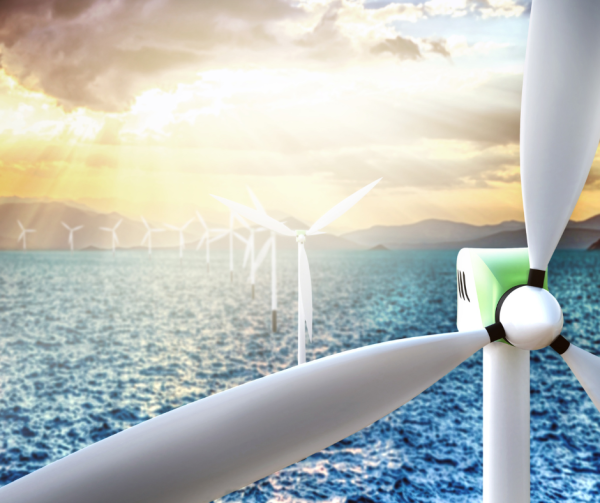The Powerful Future of Offshore Wind Energy with SEWC’s Katharine Kollins
December 6, 2022
Emerging offshore wind technology is giving the wind industry a push in the United States. Throughout my time as an intern for the Cleantech Corner, I focused on the wind industry and had the pleasure of speaking with Katharine Kollins.
Katharine serves as President of the Southeastern Wind Coalition (SEWC), a non-profit based in North Carolina that serves 11 states in the southeast. SEWC primarily focuses on education and outreach related to wind power including land-based wind, offshore wind, wind imports, and the wind energy supply chain. As President her role encompasses defining strategy and leading work in all 11 states to address how we can best implement wind in these regions and potential barriers to wind expansion.
Potential for North Carolina
Katharine will be speaking on the “Investments and Opportunities for North Carolina from Offshore Wind” panel at the Cleantech Summit in March 2023.
North Carolina as a state has three wind energy areas that are leased off the coast, though there are no current commitments. These three areas could host over 5 Gigawatts (GW) of power.
“The potential for growth is enormous. We could go from 0 to 5,000 Megawatts (MW) or more,” emphasized Katharine. She explained that for reference, a very large nuclear plant has a 1 GW capacity and that the offshore wind potential is equivalent to five very large nuclear or coal-fired power plants. The energy from these turbines could supply states other than North Carolina as well, it all depends on who buys it.
Offshore Wind Supply Chain
There is massive room for investment in supply chain development in order for states to fully invest in wind energy. On the East Coast alone, there is $109 Billion in economic development opportunity for supply chain. Much of this comes from the manufacturing of parts for wind farms. Certain parts are too large to transport over land and as such must be manufactured on the coast and transported on water to the installation site. Currently, all components are being manufactured in Europe and Asia because that is where they are being installed. If all parts are manufactured domestically, it will provide a huge boost to the economy.
Offshore Wind Value Chain
Katharine will also participate in a second panel, “The Emerging US Offshore Wind Value Chain and North Carolina.” This panel will examine the value chain and predictive meteorology as a tool. Katharine explains, “The offshore wind value chain is very broad, it can be everything from supply chain, to the developers, to the utilities, to the end-use consumers, to those who will benefit from the environmental aspects. There is a very large value chain associated with offshore wind.”
Predictive meteorology is most simply defined as prediction technology. It can be used to perform more granular assessments of exactly what the wind characteristics and speed are going to be on a given day. With this technology, wind farms can tell the grid exactly how much energy will be produced during a certain period of time, thus allowing the grid to better account for these fluctuations.
This new technology is capable of giving the wind industry in the United States and the southeast the push it needs to realize its wind capabilities.
These topics will be discussed more in-depth at the 2023 UNC Cleantech Summit on March 27-28 at the Friday Conference Center in Chapel Hill, NC.
About the Author
This article was written by Kyra Hurst, a sophomore at UNC-Chapel Hill majoring in Environmental Studies and minoring in Business Administration. She is currently an IE Cleantech Corner Initiative intern involved with the planning of the 2023 UNC Cleantech Summit. Connect with her on LinkedIn.
